Granite Countertops Installation
Benefits of Granite Countertops
Granite countertops are a popular choice for homeowners who want to enhance the look of their kitchens or bathrooms. They are not only durable but also add value to a property. If you are considering installing granite countertops in your home, this article will provide you with all the information you need to know.
Granite countertops have several advantages over other types of countertops, including:
- Durability: Granite is one of the hardest stones, making it resistant to scratches, chips, and cracks.
- Aesthetics: It comes in a wide variety of colors, patterns, and finishes, making it easy to find the perfect match for your home's decor.
- Resale value: Properties with granite countertops tend to sell for more than those without, making it a smart investment if you plan to sell your home in the future.
- Heat-resistant: Granite can withstand the heat from hot pots and pans without being damaged.
Factors to Consider Before Installation
Before installing granite countertops in your home, there are several factors you should consider, including:
- Cost: Granite countertops are generally more expensive than other types of countertops, so it is important to make sure they fit your budget.
- Maintenance: Although granite is durable, it requires regular maintenance to keep it in good condition. This includes sealing the surface every few years to prevent staining.
- Installation: Granite countertops are heavy and require professional installation. Be sure to hire a reputable contractor with experience installing granite countertops.
- Design: There are several design options for granite countertops, including edge profiles, sink cutouts, and backsplashes. Consider your design preferences and discuss them with your contractor.
Granite Countertop Installation Process
The installation process for granite countertops typically involves the following steps:
- Measuring the space: A professional will take measurements of the space where the countertops will be installed to ensure a perfect fit.
- Choosing the slab: You will select the granite slab you want for your countertops. It is important to view the slab in person to ensure you are happy with the color and pattern.
- Preparing the space: The area where the countertops will be installed will be cleared of any obstacles and prepped for installation.
- Cutting and shaping the slab: The granite slab will be cut and shaped to fit the space and any design specifications.
- Installing the countertops: The countertops will be carefully installed and secured to prevent movement or shifting.
- Sealing the surface: The surface will be sealed to protect the granite from stains and other damage.
Maintenance Tips for Granite Countertops
To keep your granite countertops looking their best, follow these maintenance tips:
- Clean spills immediately: Granite is porous and can absorb liquids, which can cause staining. Clean up spills immediately to prevent damage.
- Use cutting boards: While granite is scratch-resistant, using a cutting board can help prevent scratches and other damage.
- Avoid harsh chemicals: Use mild soap and water to clean your granite countertops. Avoid using harsh chemicals or abrasive cleaners that can damage the surface.
- Seal the surface: Seal the surface every few years to protect the granite from stains and other damage.
Granite countertops are a popular and durable choice for homeowners who want to enhance the look of their kitchens or bathrooms. They offer several benefits, including durability, aesthetics, and heat-resistance. Before installing granite countertops, consider factors such as cost, maintenance, and design options. The installation process involves several steps, including measuring the space, choosing the slab, cutting and shaping the slab, and sealing the surface. To keep your granite countertops looking their best, follow maintenance tips such as cleaning spills immediately, using cutting boards, and avoiding harsh chemicals.

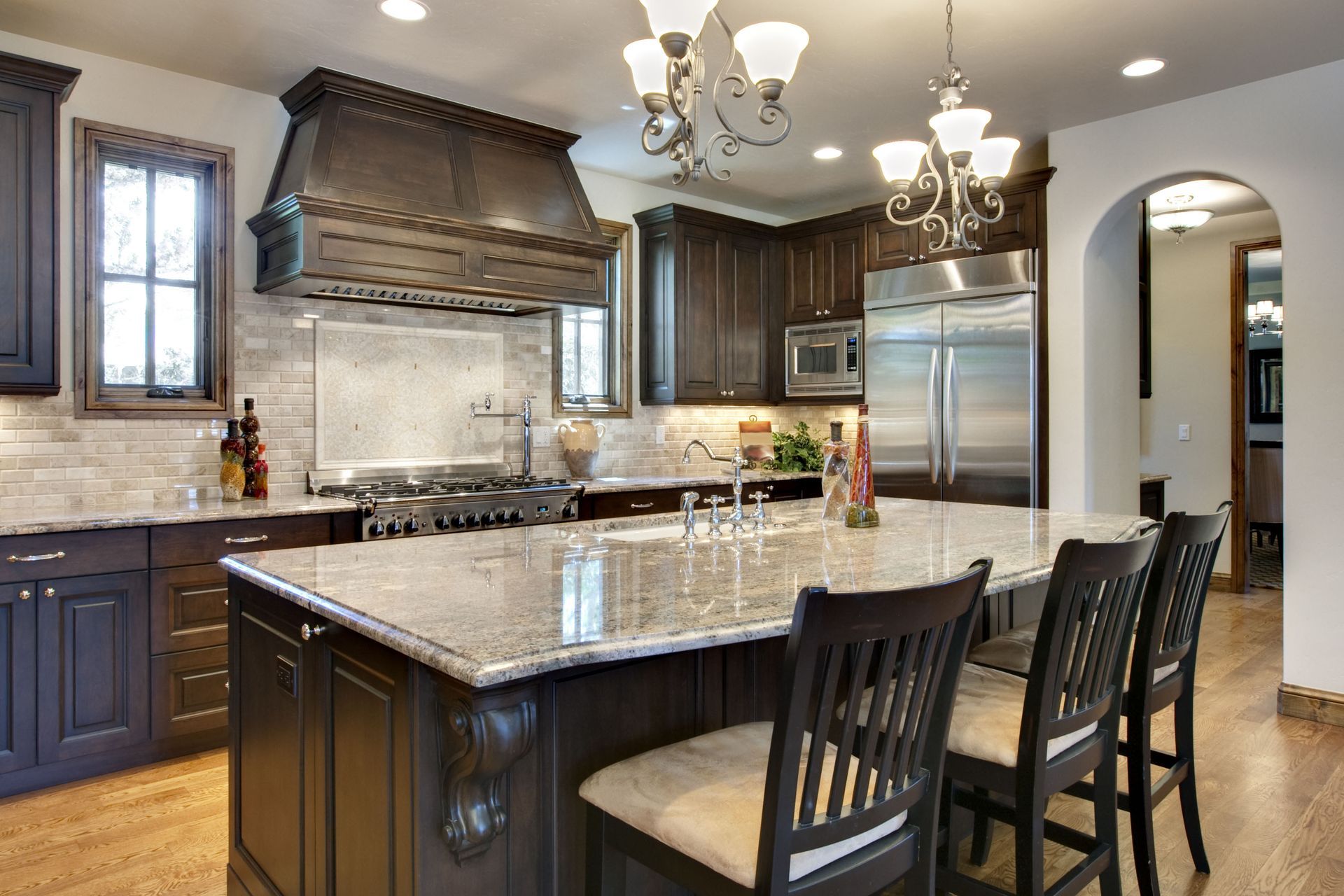
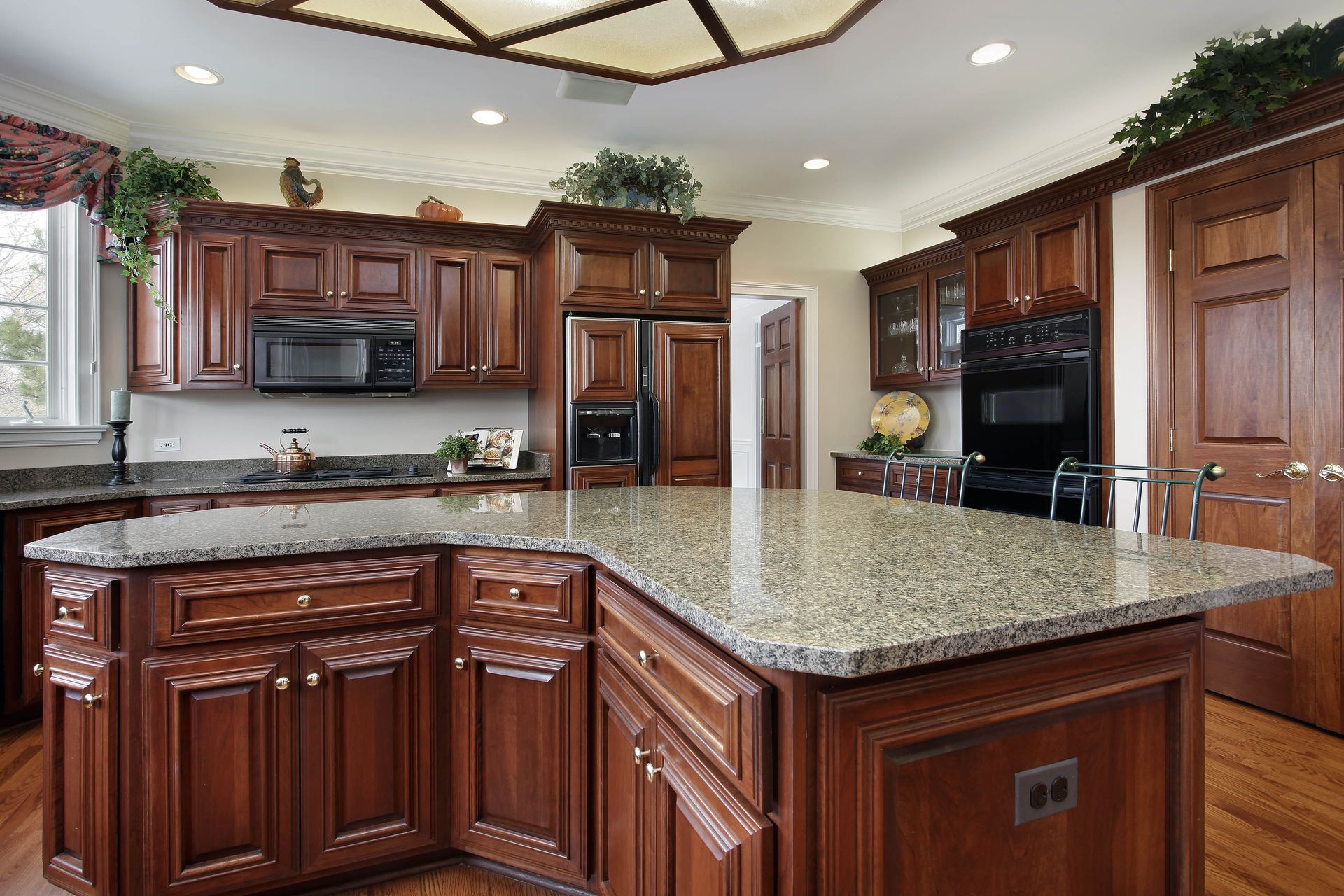
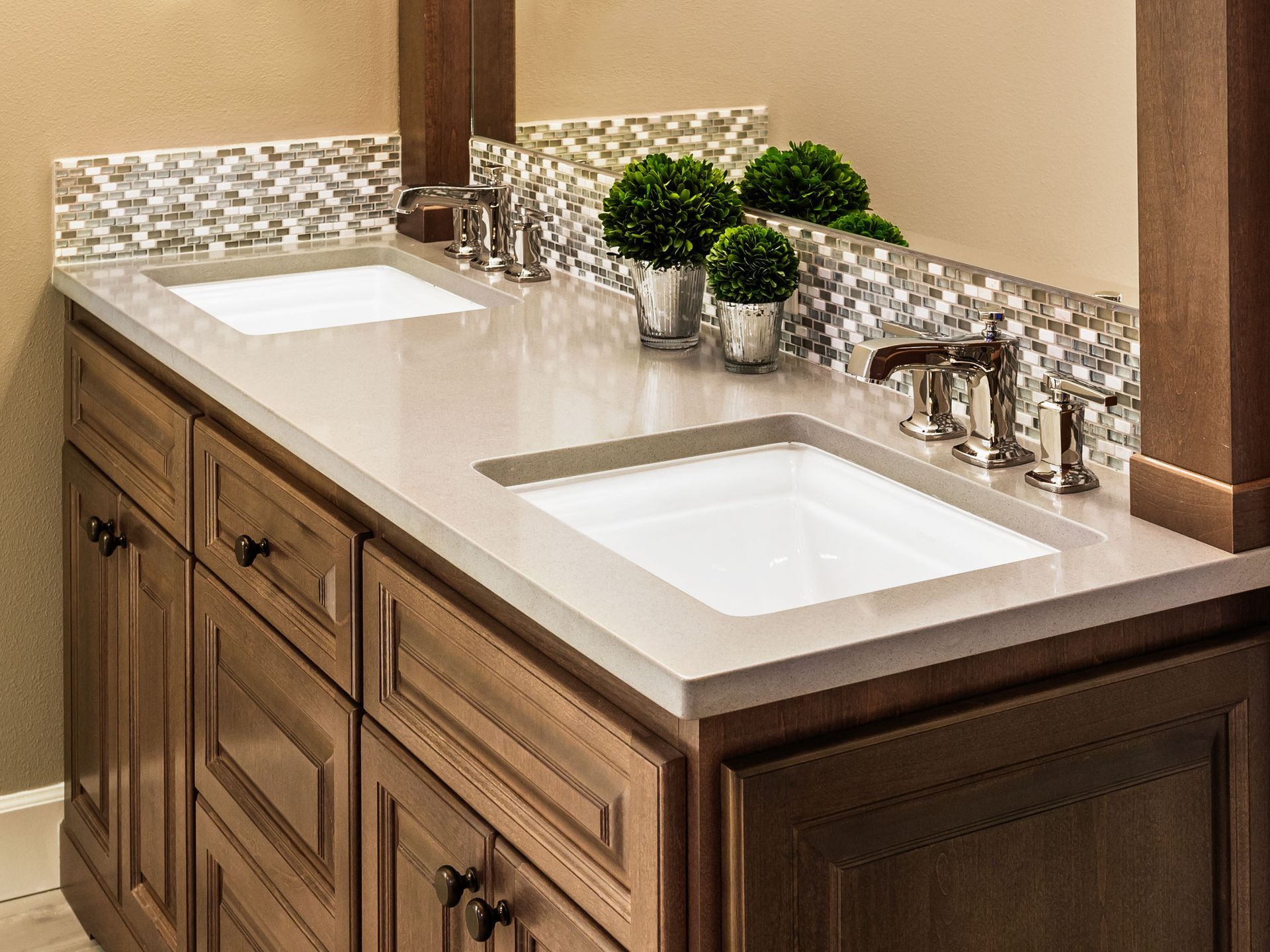
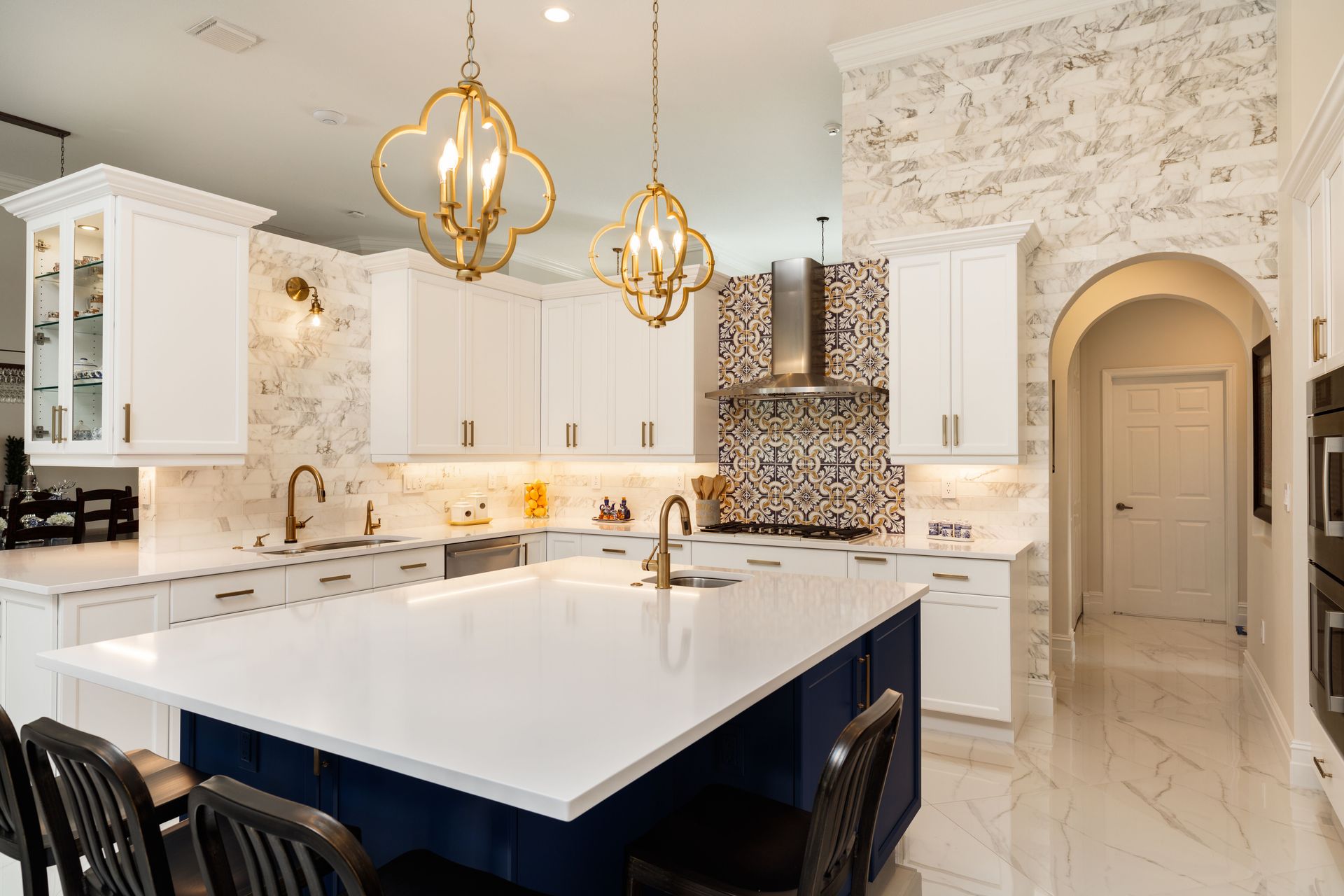
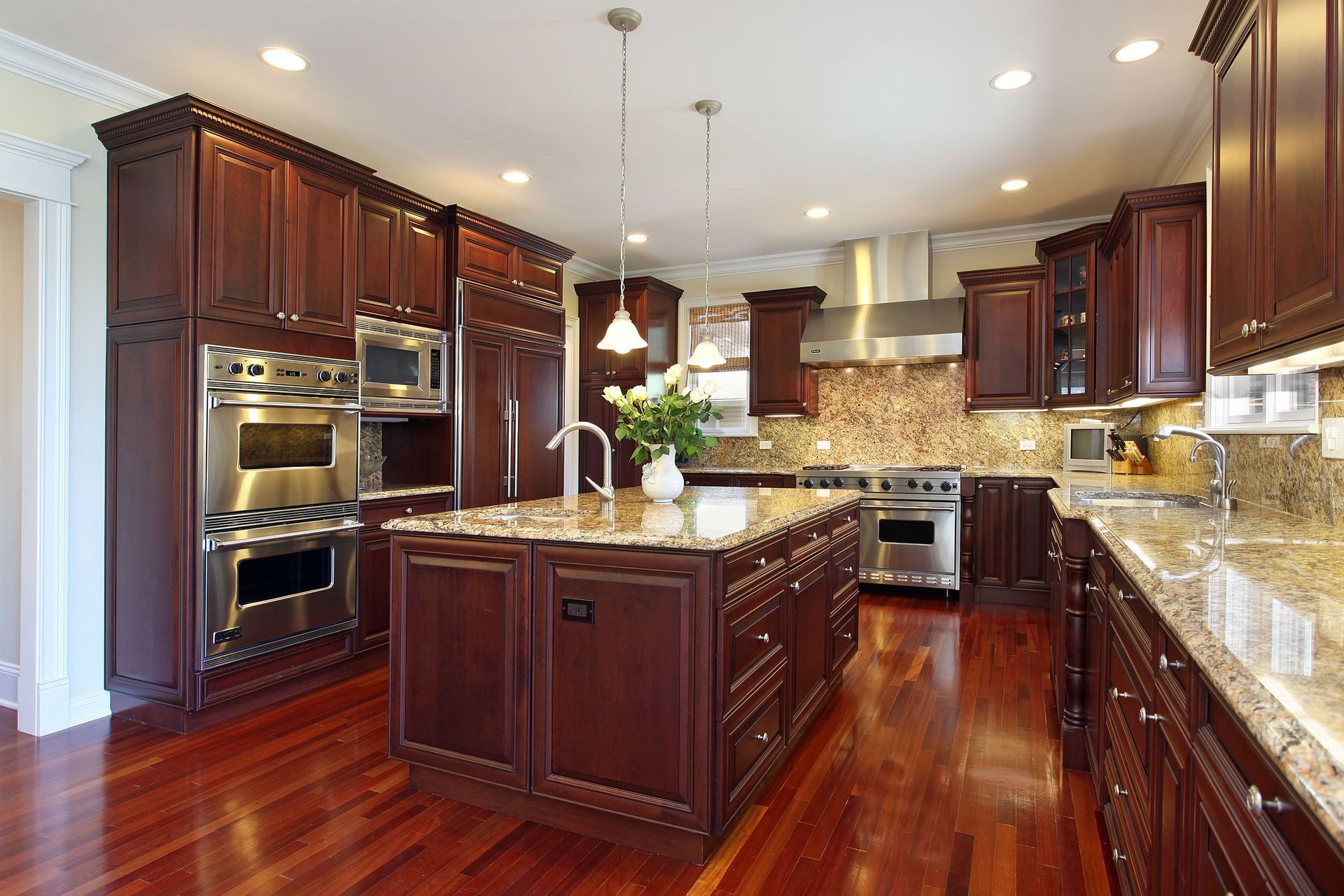
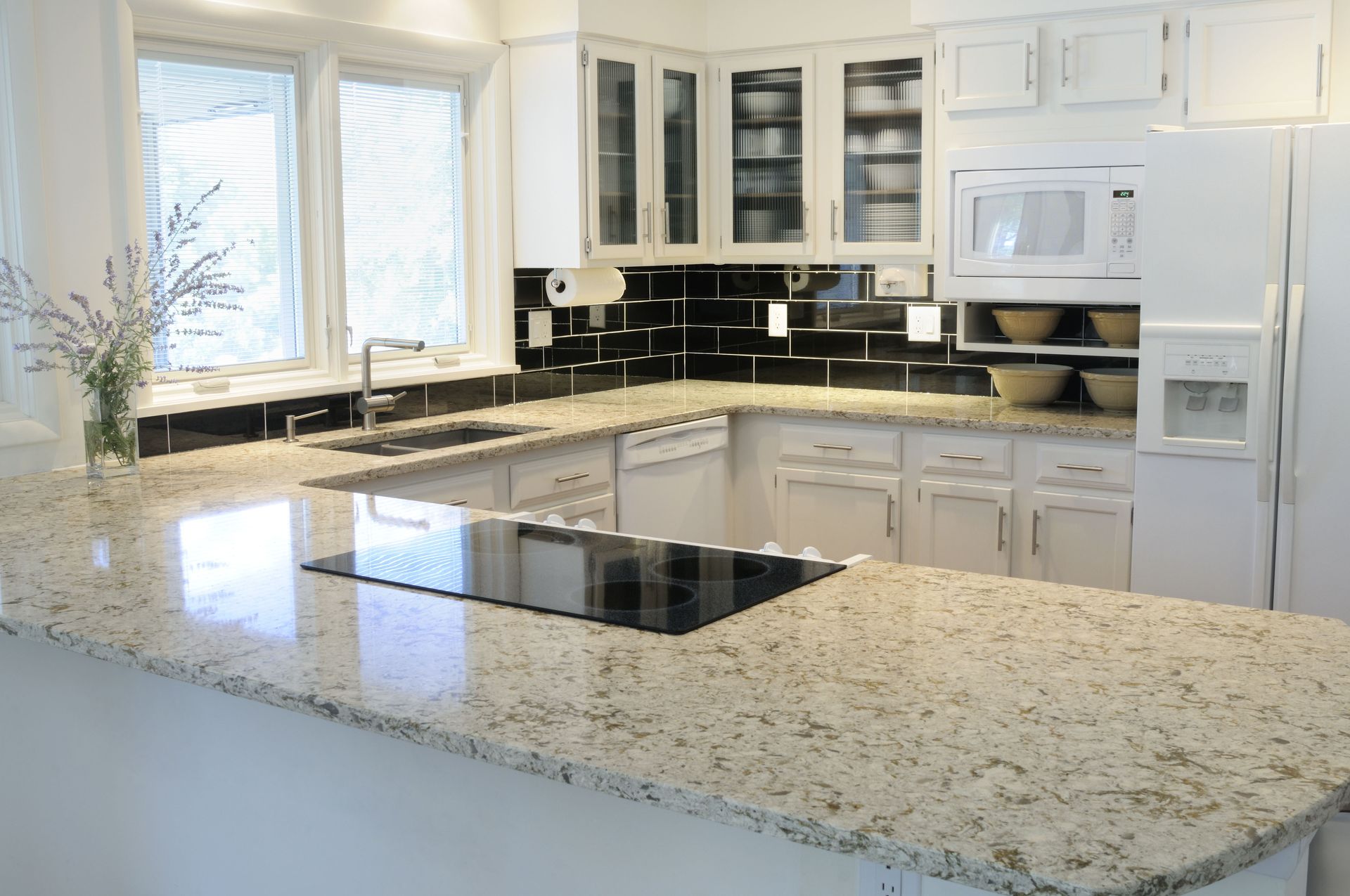
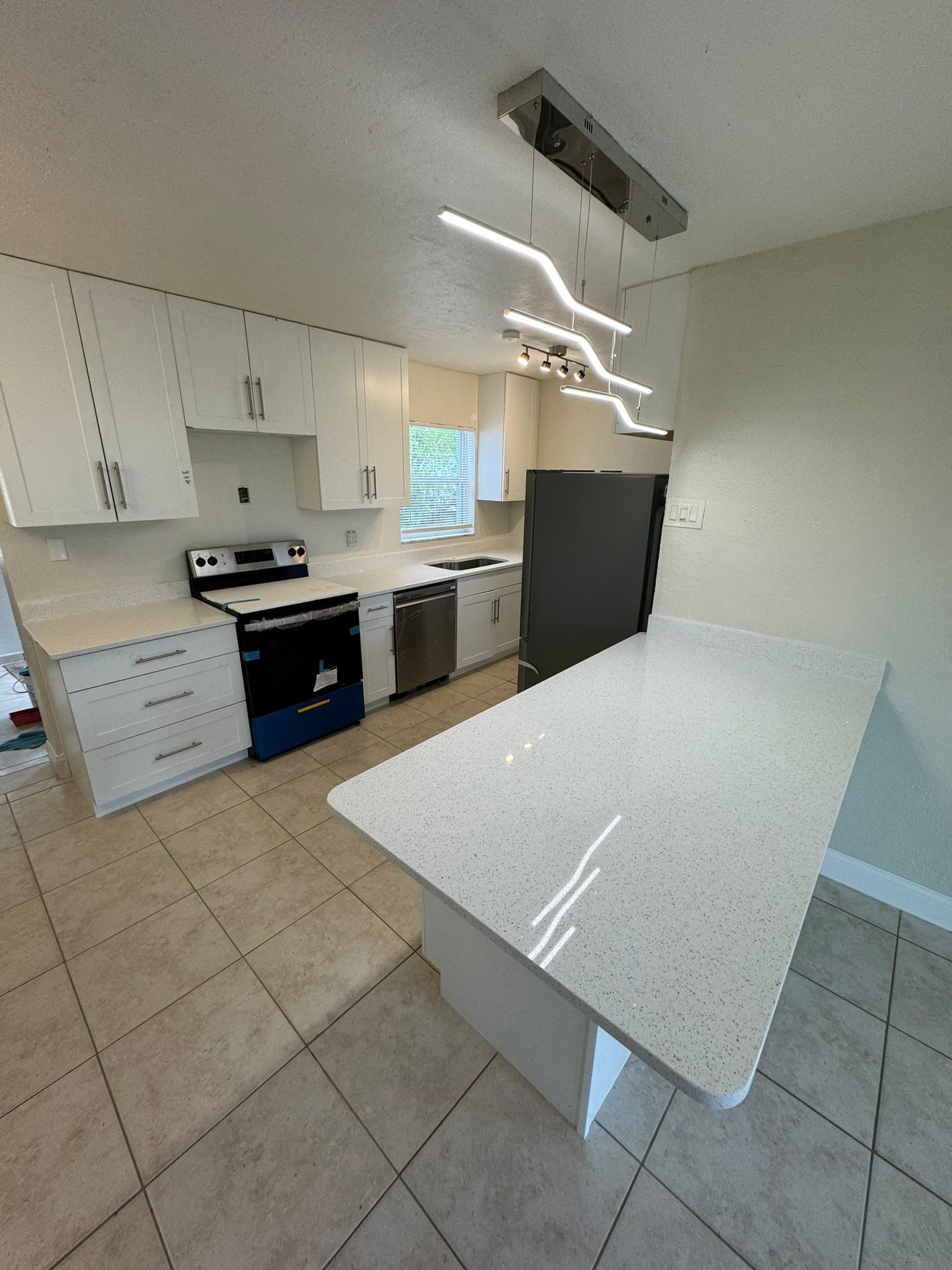
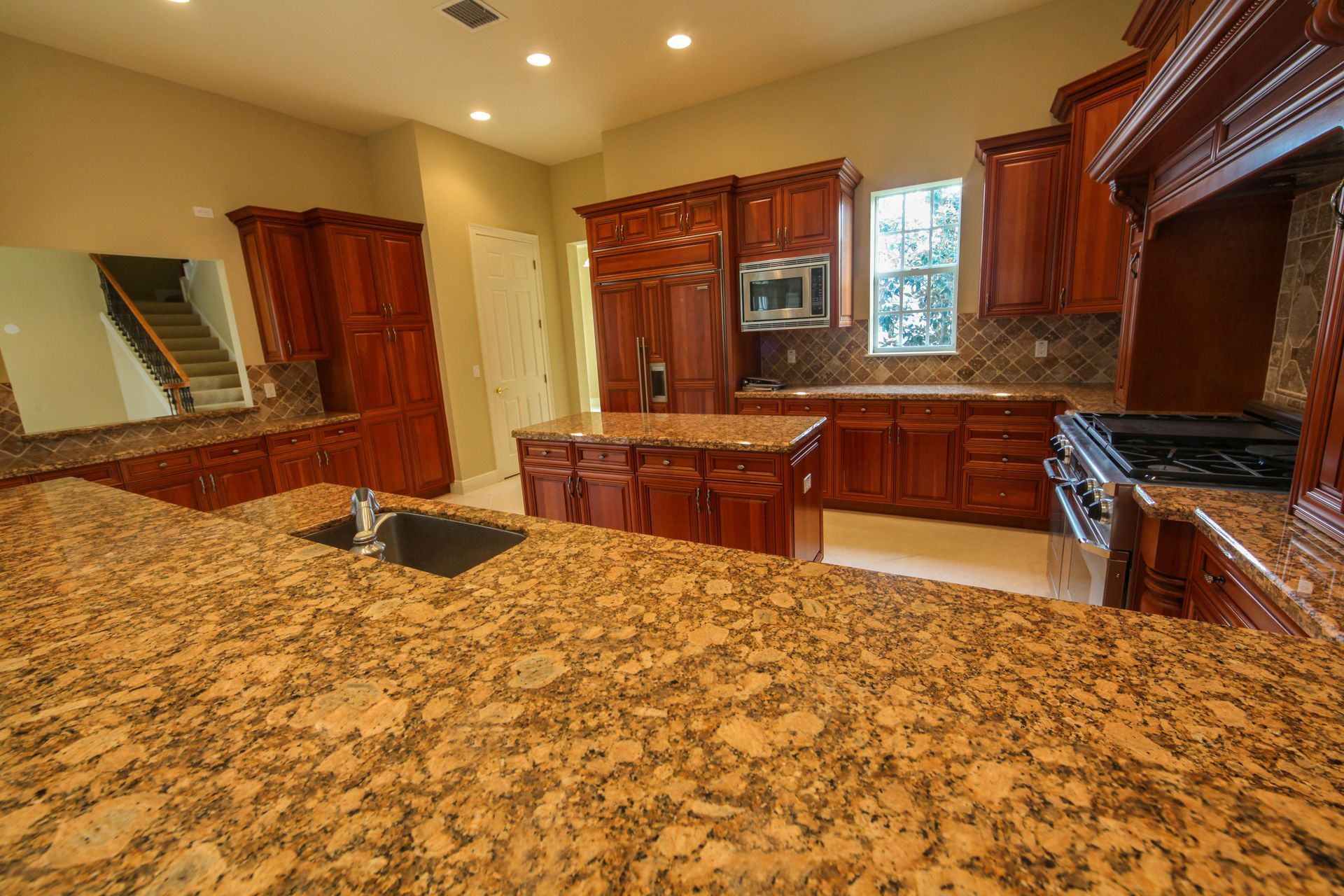
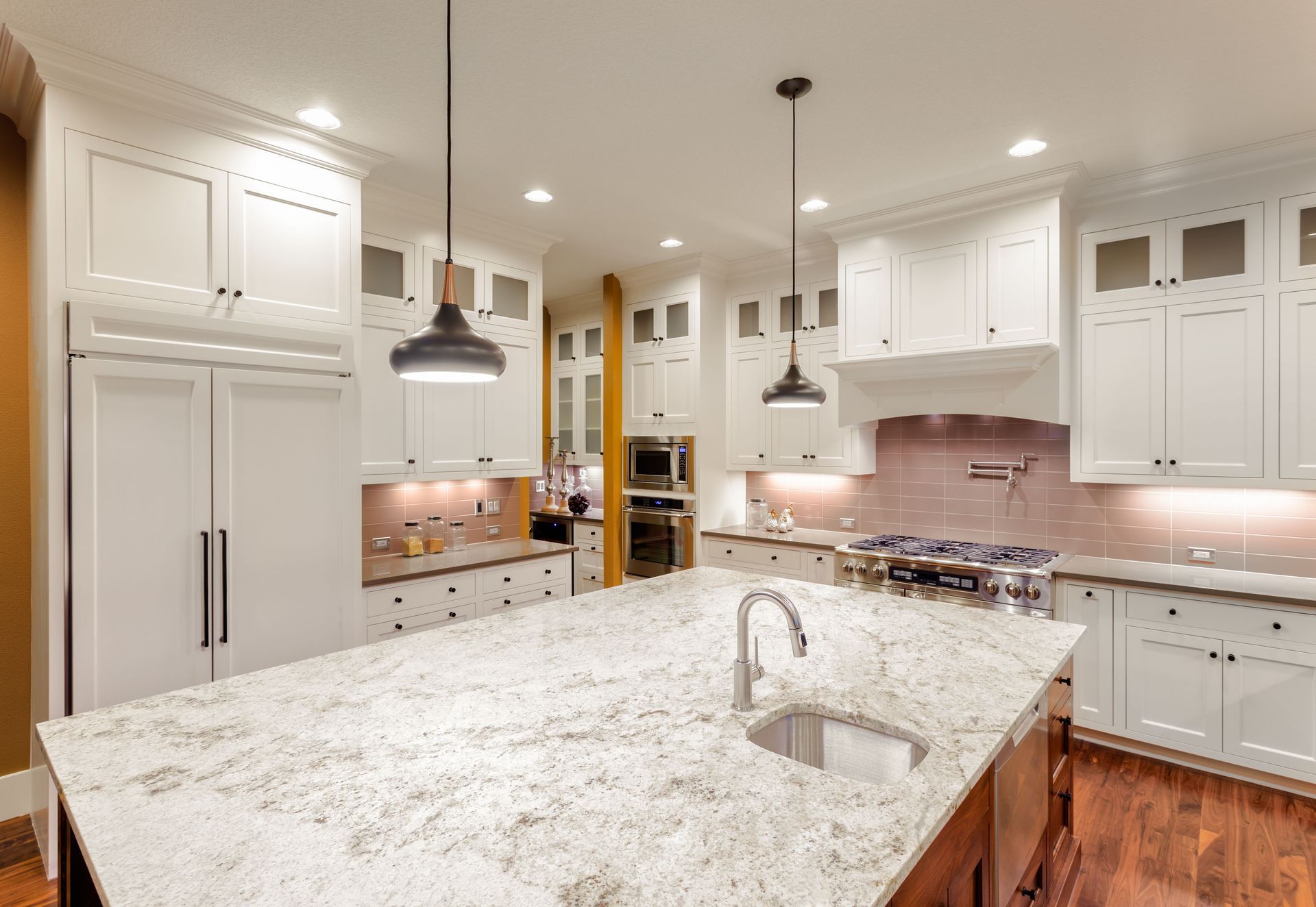
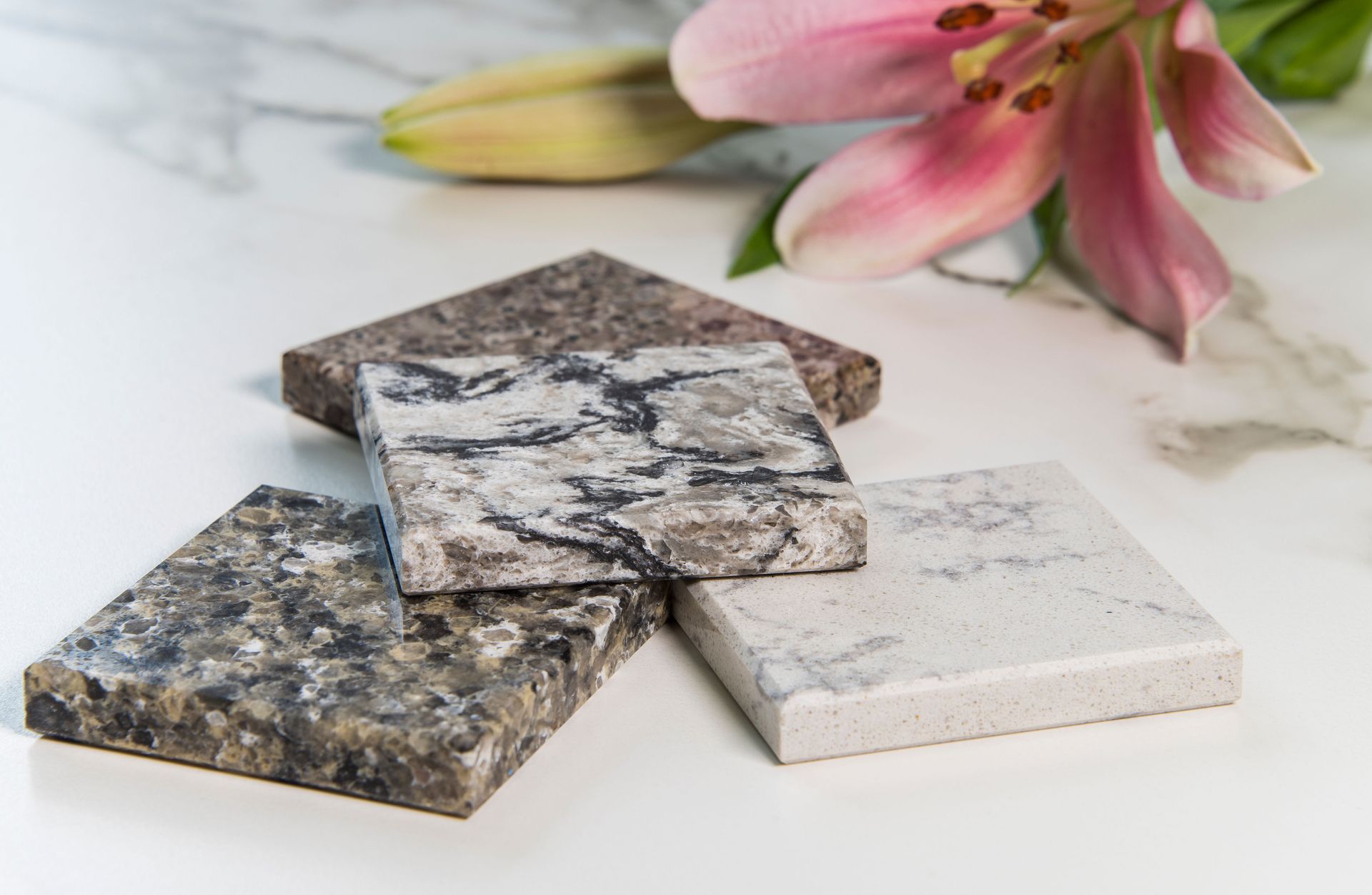
Share On: